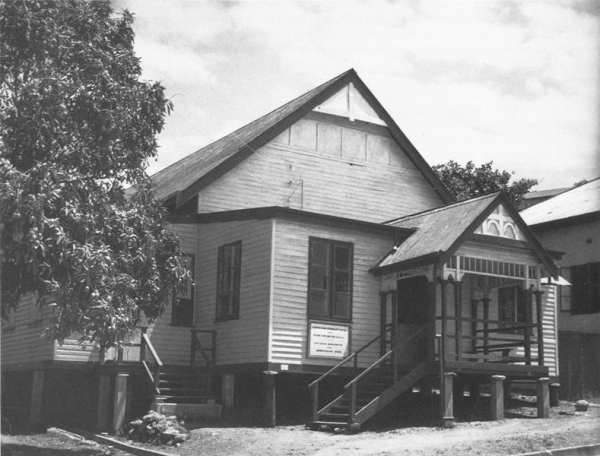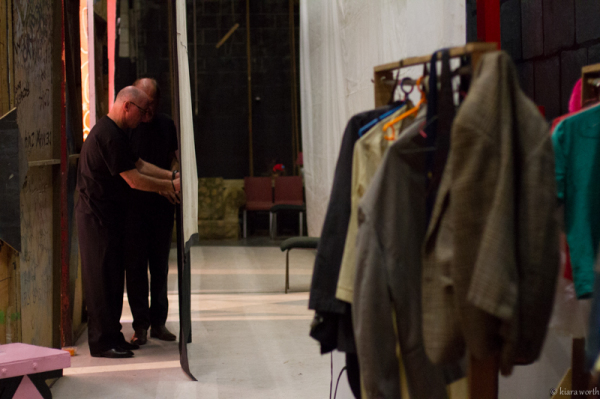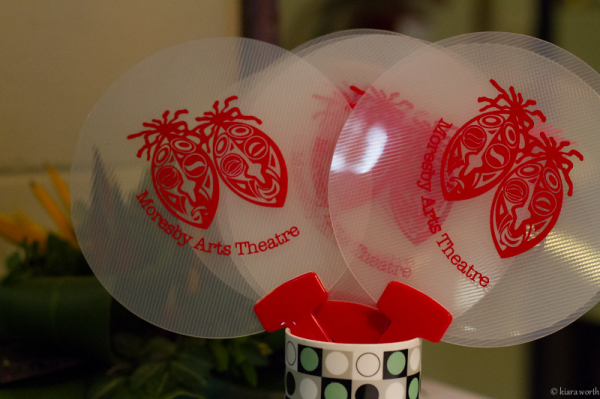The Moresby Arts Theatre: 100 years of artistic celebration in Papua New Guinea
The great poet and writer Oscar Wilde once said, “I regard theatre as the greatest of all art forms, the most immediate way in which a human being can share with another the sense of what it is to be a human.”
Throughout history and across all cultures, theatre, music, dance, writing and art have been central to the progression and development of societies. Art is about storytelling, about finding and sharing a common identity, a sense of meaning, and of making sense of the world. The arts help to create a dialogue that broadens understanding and builds bridges between differences.
This year, the Moresby Arts Theatre (MAT) in Papua New Guinea is celebrating its 100-year anniversary.
With humble beginnings that started in a hall on Douglas Street in 1914, MAT began as a small social club for the expatriate community living in Port Moresby. Known then as the Library Institute, they were known for hosting functions, theatrical performances, concerts, balls and ANZAC services, offering a creative outlet for artists living in the city.

As time progressed, so did the theatre. The Library Institute Building was completed in 1926 to better accommodate the bustling activities, and by 1941 a Papuan Comforts Club was set up to host regular entertainment evenings during the war. After the war ended, the Library Institute was reconstituted to form the Arts Council and the hall was renamed as the Arts Theatre. During the 1950’s and 60’s, the theatre began hosting productions, and the earliest one recorded was ‘Outward Bound’ in 1955. After a fire destroyed part of the building in the late 1960’s the Arts Council decided to build a new theatre in Waigani, and since its completion in 1974, the Moresby Arts Centre has been the home of the theatre.
Since then, MAT has grown and developed into a central hub for artists from across the country. Having staged more than 200 locally produced shows, from Shakespeare and musicals, to comedies and drama, educational theatre, traditional sing-sings, dances and choral groups, video screenings, poetry and rap sessions, MAT is alive and bursting with activity. With a fully equipped theatre that seats 150 people, a gallery space, café and lush grounds, MAT is the perfect place to celebrate the rich artistic culture of Papua New Guinea.

MAT is also focused on training and capacity building and hosts a variety of activities to encourage the positive development of youth in Port Moresby. They host the annual Human Rights Film Festival, and have facilitated the GiniGoada Youth Training Workshop, which offered courses on creativity, positive lifestyles and communication skills. MAT also hosts a monthly craft market to provide local artists a venue to sell and display their creations, encouraging market goers to offer fair prices for the art while respecting the time, quality, and work that goes into its production.
“I’ve been involved with the theatre since 2010,” says Richard Masi, a local musician and artist who volunteers his time and skills at the theatre. “I didn’t study theatre arts, but when I heard that the theatre was focused on helping the local community, I knew I wanted to be involved. I always wanted to help my country in any way I could.”
Quite remarkably, all activities at MAT are run by a committed group of volunteers, like Richard, who direct shows, build sets, manage lights and sound, fundraise, and keep the art centre operating day-to-day. One of the biggest challenges is the lack of substantial and regular financial support, and this directly limits the activities and levels of participation at the theatre.

While a core group of sponsors contribute in-kind and for specific events, there is a need for greater financial support so that the theatre not only functions, but can proactively support and promote local artists as they contribute to the development of society. Because this is what art does: it provides a tool for discussion, for critical reflection, for developing and trying out new ideas for how society should function. Art gives us food for thought, it is stimulating, engaging, and relies on feelings and emotions to powerfully communicate ideas. Art is not about what you see, but more about what you make others see, and this understanding is what helps us advance as a society.
“The theatre has taught me so much,” continues Richard. “I’ve learned technical things, like how to set up sound for live musicals and coordinate multiple microphones and instruments to create a good production. But more than that, I’ve met a lot of amazing people and made good friends from the theatre. Many of these fellow artists have been a great influence on my own music, they’ve made me think differently about things, and I translate this experience into my music that I hope to share with others.”

Richard believes that the theatre is a place that can help develop upcoming artists. Whether a writer, painter, actor, dancer or musician, MAT is a place where artists can meet, share and develop ideas, and collaborate to promote the arts within Papua New Guinea. While art has been ingrained in Papua New Guinea’s culture and society for hundreds of generations, contemporary artists are exploring ways to showcase and export this rich history, and institutions like MAT help provide the much needed platform.
MAT is constantly encouraging new local artists to participate and showcase their art, as well as to comment and reflect on the society around them. From the hundreds of performances and shows that have taken place, and the thousands of audience members who have left moved by the experience, it is clear that this is being achieved. There is no doubt that with the wealth of talent in Port Moresby, and the continued support of the broader community, the theatre will continue to support and encourage artists for another 100 years to come.
An adapted version of this article was published in Paradise Magazine, the inflight magazine of Air Niugini Airlines. The article can be viewed at the online version of the magazine, pages 87-88.
[justified_image_grid ids=”2445,2368,2367,2366,2365,2364,2363,2362,2361,2360,2359,2358,2357,2356,2449,2448,2447″]



